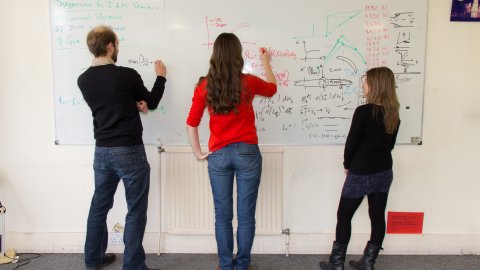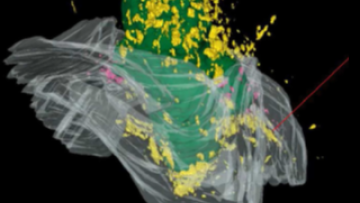The de Rham algebra
Abstract
This talk will describe the basic properties of the de Rham algebra, which is a generalisation of the de Rham algebra over smooth schemes, which was introduced by L. Illusie in his monograph 'Complexe cotangent et déformations'.





